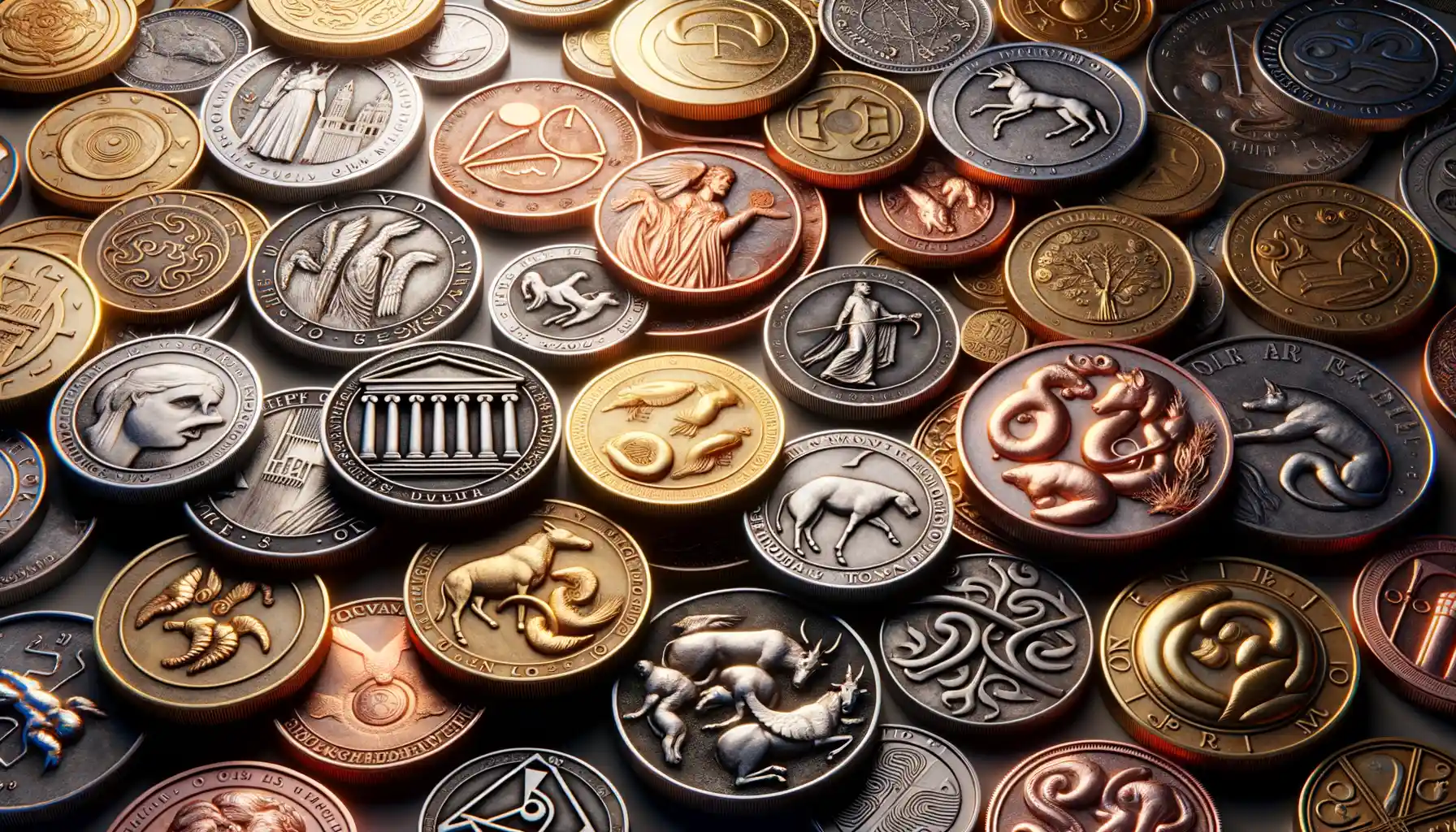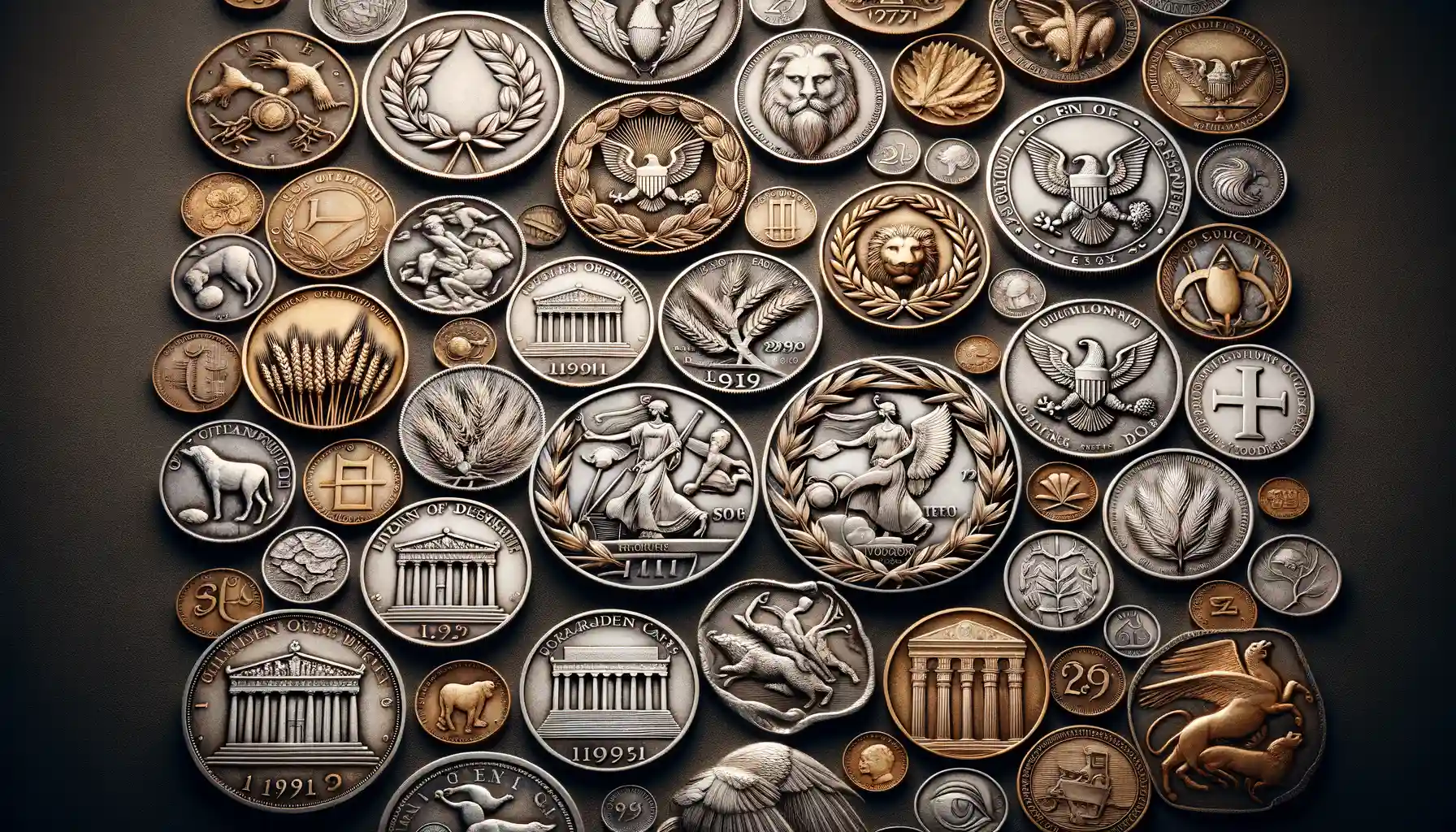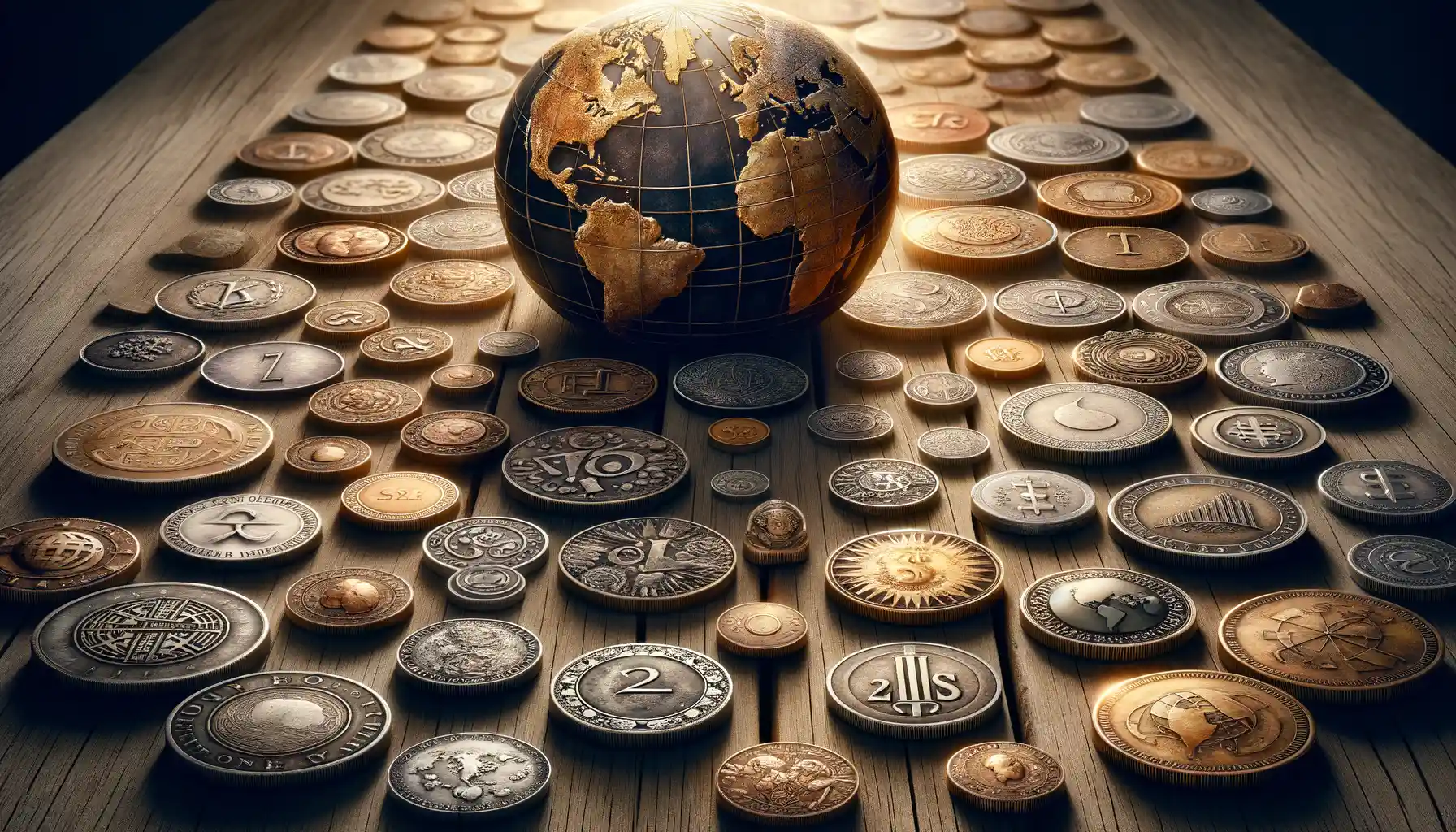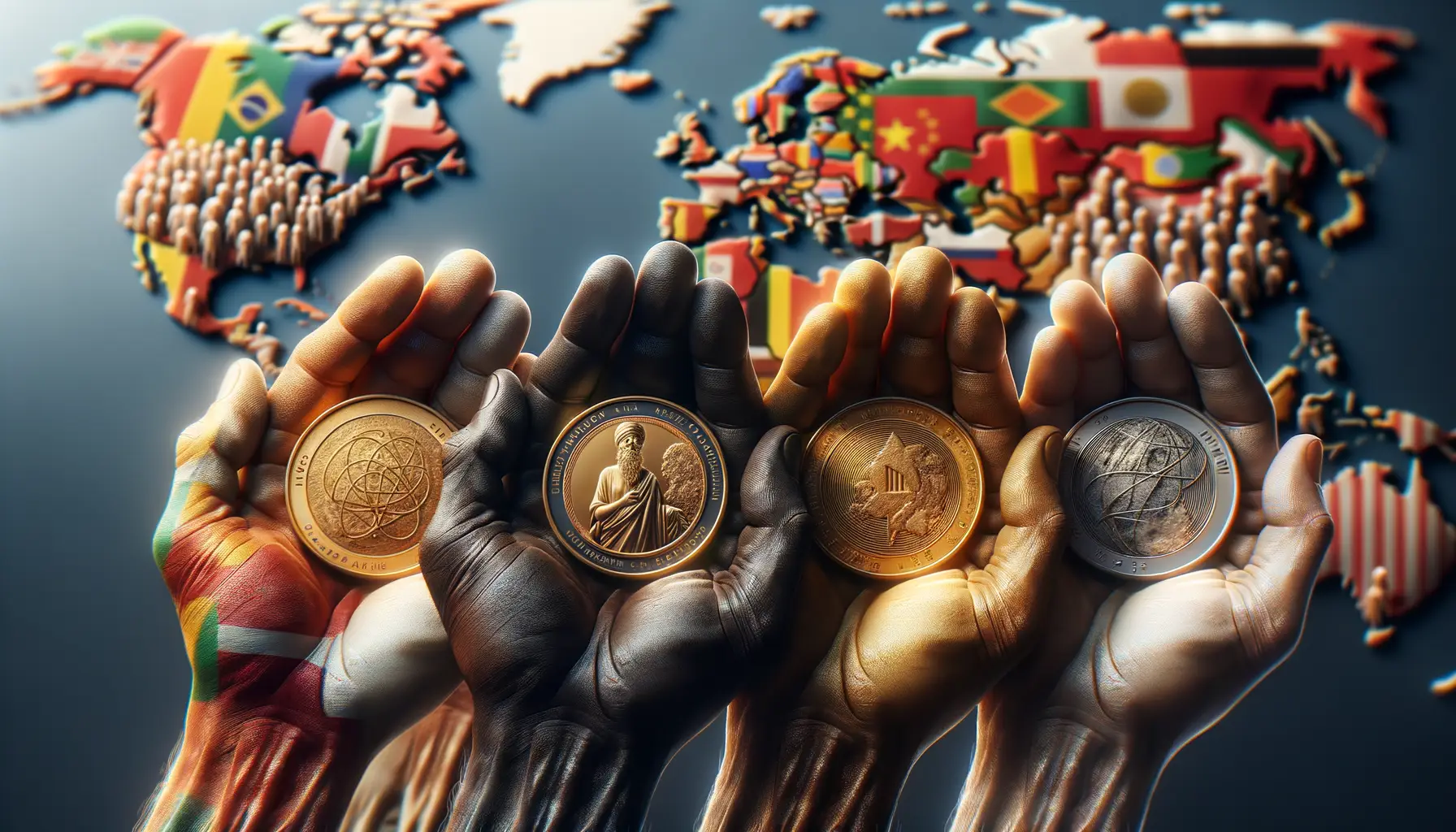The Historical Significance of Coinage in National Identity
Tracing History Through Metal and Mint
Imagine holding an ancient coin in your hand. Its weight, its rough edges, the faint traces of a once-vivid design—each detail whispers stories of a nation’s rise, its struggles, and its triumphs. Coinage isn’t just pocket change; it’s the tangible essence of history, a small but mighty emblem of identity.
Take, for instance, the Roman Empire. Their coins didn’t merely facilitate trade; they solidified their dominance across continents. The profile of Caesar etched into silver wasn’t a mere portrait—it was a declaration of power, a message sent far and wide about who ruled the known world. Coins were like the social media posts of antiquity, spreading the word in ways that monuments couldn’t.
- Byzantine gold solidus: A symbol of economic might that held sway for centuries.
- Viking pennies: Traces of intercontinental trading networks and cultural exchange.
- Revolutionary War-era dollars: Icons of a fledgling America asserting itself on the global stage.
Every ding, design, and metallic hue carries a legacy. Coins aren’t just currency—they’re storytellers, crafting enduring narratives of nations and their journeys through time. How incredible is that?
Symbolism and Cultural Representation on Coins

A Kaleidoscope of Cultural Stories
Coins are much more than pocket change or shiny collectibles—they’re tiny, enduring canvases packed with meaning. A single coin often speaks volumes about a nation’s cultural soul. It’s like holding an epic tale in the palm of your hand, one where kings, myths, and revolutions all jostle for space.
Take, for example, the Canadian 2-dollar coin featuring a majestic polar bear. It’s not just an homage to the arctic wildlife—it’s a reminder of Canada’s deep connection to its natural surroundings. Or picture India’s vibrant representation of Mahatma Gandhi on its currency, symbolizing non-violence and independence.
- Animals, like Australia’s kangaroo, reflect regional pride and unique ecosystems.
- Historical milestones, such as the U.S. bicentennial quarter, freeze pivotal moments in metal.
- Cultural icons, including Mozart on Austrian coins, boast of national artistic genius.
The Power of Symbols
Symbols on coins are deliberate—they’re visual ambassadors of identity. The crescent moon and star on Pakistani coins? A reverent nod to Islamic heritage. The intricate Celtic patterns on Irish money? A proud statement of ancient roots. Coins don’t just tell you where they’re from; they show you what a culture holds sacred.
And then there’s the emotional gravity of some designs. During times of upheaval, coins have carried messages of hope or resilience. Think of France’s Marianne, a steadfast symbol of freedom, standing tall against adversity. There’s a kind of magic here—a tangible piece of art that whispers, “This is who we are.”
Political Messages and Propaganda Through Coin Designs

Coins as Silent Messengers of Power
Coins have often carried messages more potent than words. Consider the Roman Empire: their coins paraded the faces of emperors like Augustus or Nero, often accompanied by victorious eagles or laurel wreaths—symbols shouting, “We’re invincible!” These weren’t just currency; they were mini billboards reminding every citizen (and enemy) of Rome’s might.
Fast forward to the 20th century. Think of Soviet coins emblazoned with the hammer and sickle, a call to unity under communism. Or Nazi Germany’s Reichsmark, stamped with the ominous swastika. These designs weren’t accidental; they were deliberate attempts to instill ideology in the most mundane aspects of life—the spare change jingling in your pocket.
- National heroes: Coins often immortalize political figures or revolutionaries, like Gandhi on Indian rupees or George Washington on U.S. quarters.
- War propaganda: World War II coins sometimes broadcast slogans or imagery supporting the war effort.
When Design Becomes a Political Weapon
Now, here’s a fascinating twist—coin designs can spark controversy. Take Cyprus, for example, where Greek and Turkish factions clashed over which symbols should appear on their euro coins. A simple design became a battlefield for cultural identity. The same holds true for post-colonial nations. Newly-free countries like Kenya or Ghana used coinage to declare their freedom, adopting local wildlife or tribal motifs instead of colonial insignia.
So next time you glance at a dime or peso, ask yourself—what story is this coin trying to tell? Chances are, it’s louder than you think.
Economic Power and Its Reflection in Coinage

Wealth That Speaks Louder Than Words
Money tells stories, and coins are perhaps the most eloquent storytellers of a nation’s economic might. Look closer at historical coinage, and you’ll see more than shiny metal. You’ll find emblems of ambition, trade dominance, and even greed. The Roman Empire is a perfect example—its silver denarii weren’t just currency; they were portable advertisements of Rome’s sprawling influence.
Modern examples? Look no further than the British pound. Its long-standing role in global finance is mirrored by its intricate designs that scream stability and tradition. Or take the Japanese yen: its sleek simplicity highlights technological prowess and an efficient economy, reflecting Japan’s post-war rise.
Symbols of Power Hidden in Plain Sight
Coins often feature visual cues that shout financial superiority without uttering a word. Think about these elements:
- Metal choice: Gold or silver coins historically separated the financial giants from the rest.
- Massive denominations: The emergence of larger coin values in times of hyperinflation reveals economic turbulence (hello, Weimar Germany!).
- Design intricacy: Complex patterns on coins signify advanced minting technology—a luxury not all nations could afford.
Next time you hold a coin, remember—it’s not just money. It’s an economic bragging right, a subtle declaration of “look how far we’ve come.”
Modern Perspectives on Coinage and National Identity

The Evolution of Coins in a Globalized World
In today’s fast-paced, interconnected world, coins are more than just pocket change. They’ve become tangible symbols of a nation’s evolving identity in an age where borders blur and cultures mix. Think about it: a coin is like a country’s handshake to the world – solid, memorable, and full of meaning.
Take, for instance, the euro. What other currency can unite 20 nations under one design while still allowing them to sprinkle their own unique flavors on the national side? A Greek one-euro coin showcases the owl from an ancient drachma, while Ireland features a harp – both timeless, yet modernized to reflect shared European values. It’s a fine balance between individuality and unity, like a family photo where everyone gets their moment to shine.
- Some countries, such as Canada, use coins to amplify voices and causes, featuring Indigenous artwork or commemorating milestones like LGBTQ+ rights.
- Others emphasize their natural treasures, like New Zealand’s silver fern or South Africa’s springbok.
Coins, once whispers of power in ancient empires, now speak the diverse languages of inclusion, innovation, and pride. Doesn’t that make you want to check your change for history in your hand?



